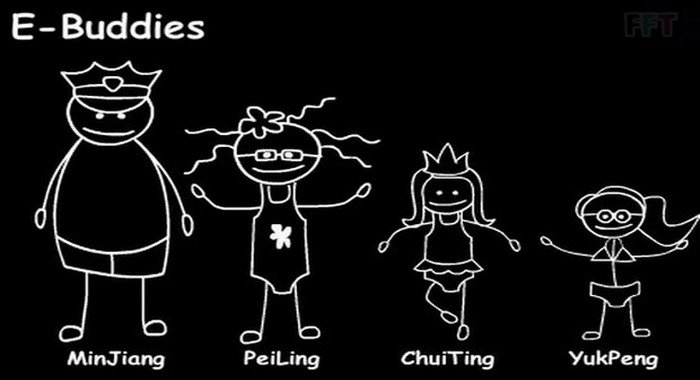Online Security has become an enormous anxiety to people surfing the Internet and also people conducting business on the World Wide Web. The reason is fairly obvious with online viruses, scams, online identity theft and data misuse happening everyday. Hence, online security covers many aspects of our current online world.
 We have to accept the fact that no technology is perfect. We might expect a privacy system to effectively to block the people from our private data as we ask it to, but sometimes there will be lapse. For example, recently Facebook’s privacy system failed to protect users’ items, like photos, which was meant only for closest friends.
We have to accept the fact that no technology is perfect. We might expect a privacy system to effectively to block the people from our private data as we ask it to, but sometimes there will be lapse. For example, recently Facebook’s privacy system failed to protect users’ items, like photos, which was meant only for closest friends.
 By putting information in many places increases the chance that someone else will get hold of it.Many people are putting information about personal events on social network and blog sites. This increases the exposure to other party dramatically. Furthermore, backing up data by paying service provider isn’t safe after all. Carbonite, a large backup vendor, was reported to have lost data for a significant number of users. In the end, they claimed that it is due to defective equipment bought from one of its technology providers.
By putting information in many places increases the chance that someone else will get hold of it.Many people are putting information about personal events on social network and blog sites. This increases the exposure to other party dramatically. Furthermore, backing up data by paying service provider isn’t safe after all. Carbonite, a large backup vendor, was reported to have lost data for a significant number of users. In the end, they claimed that it is due to defective equipment bought from one of its technology providers.
On top of that, there are some risks involved in keeping personnel information on email provider. If the sender or the recipient of email is not using secure connection when processing mail, anyone on their network can pry on the connection. Since most of the email provider has auto-login features, anyone who has access to the particular personal computer can access the mailbox in some cases.
When it comes to confidential data, reasonable care must be taken in order to safeguard our precious data from being exposed and avoid unwanted problems from happening.
References:
 We have to accept the fact that no technology is perfect. We might expect a privacy system to effectively to block the people from our private data as we ask it to, but sometimes there will be lapse. For example, recently Facebook’s privacy system failed to protect users’ items, like photos, which was meant only for closest friends.
We have to accept the fact that no technology is perfect. We might expect a privacy system to effectively to block the people from our private data as we ask it to, but sometimes there will be lapse. For example, recently Facebook’s privacy system failed to protect users’ items, like photos, which was meant only for closest friends. By putting information in many places increases the chance that someone else will get hold of it.Many people are putting information about personal events on social network and blog sites. This increases the exposure to other party dramatically. Furthermore, backing up data by paying service provider isn’t safe after all. Carbonite, a large backup vendor, was reported to have lost data for a significant number of users. In the end, they claimed that it is due to defective equipment bought from one of its technology providers.
By putting information in many places increases the chance that someone else will get hold of it.Many people are putting information about personal events on social network and blog sites. This increases the exposure to other party dramatically. Furthermore, backing up data by paying service provider isn’t safe after all. Carbonite, a large backup vendor, was reported to have lost data for a significant number of users. In the end, they claimed that it is due to defective equipment bought from one of its technology providers.On top of that, there are some risks involved in keeping personnel information on email provider. If the sender or the recipient of email is not using secure connection when processing mail, anyone on their network can pry on the connection. Since most of the email provider has auto-login features, anyone who has access to the particular personal computer can access the mailbox in some cases.
When it comes to confidential data, reasonable care must be taken in order to safeguard our precious data from being exposed and avoid unwanted problems from happening.
References:
- Facebook Bug Reveals Private Photos, Wall Posts. (2009, 20 March). Retrieved June 22, 2009, from http://www.techcrunch.com/2009/03/20/facebook-bug-reveals-private-photos-wall-posts/
- Carbonite Loses Cloud Based Data, Sues Storage Vendor. (2009, 22 March). Retrieved June 22, 2009, from http://au.sys-con.com/node/887245
.jpg)

Post a Comment